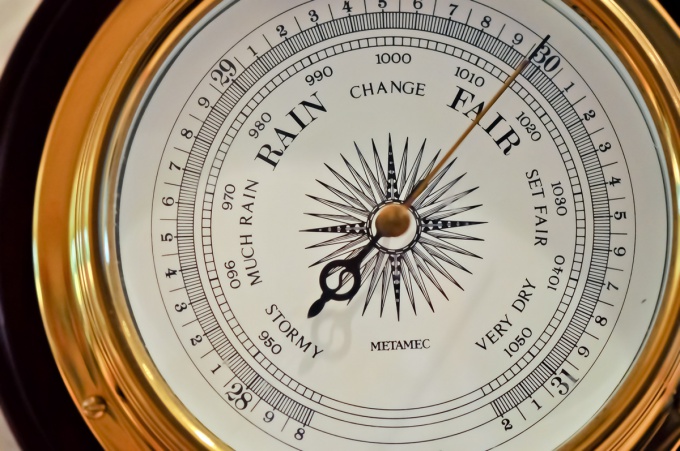You will need
- barometer;
- — knowledge of physics;
- — a little imagination and a sense of humor.
Instruction
1
It is known that atmospheric pressure depends on the height above sea level. Therefore, by measuring the air pressure at the base of the building, and then climbing up onto the roof and repeating the measurement, we can use the difference to deduce the height of the rise. The average rise twelve metres the atmospheric pressure decreases by 1 millimeter of mercury, or, equivalently, 133 PA. Thus, if the difference in readings at the foot and on the roof made 260-270 PA, the height of the building can be considered equal to 24 meters.
2
For this method we need not only a barometer but also a stopwatch. Dropping the barometer from the roof of the building, a stopwatch measure the time of his fall. According to the equation describing accelerated motion, the path traveled by a body in free fall, is equal to (g*t^2)/2, where g is the acceleration of gravity (9.8 m/s^2) and t is the fall time. Calculating by this formula, the distance that flew the barometer to fall to the ground, you will get the height of the building.
3
Tie the barometer to a long rope and lower him gradually from the roof of the building to the ground. Once the barometer touches the ground, the measurement is complete. It only remains to descend to the ground and any way to measure the length of the rope.
4
If you measure the length of the rope is complicated, a barometer can be used as a pendulum. Time oscillations of an ideal mathematical pendulum depends on its length and the gravitational acceleration: T = 2π*√(L/g) where T is the period of oscillation, L is the length of the pendulum and g is the acceleration of free fall. By measuring the period of oscillation of the barometer, attached to the rope, the length of which is equal to the height of the building, you will be able to calculate the height according to the formula: L = g*(T/2π)^2.
5
The shadows cast by objects proportional to the height of these items. Therefore, by measuring the height of the barometer and the length of the shadow that it casts on a Sunny day on a horizontal surface at a certain time of day, you will be able to share them with each other, getting the ratio. By measuring the length of the shadow cast by the building at the same time of day and multiplying it by the calculated ratio, you determine the height of the building.
